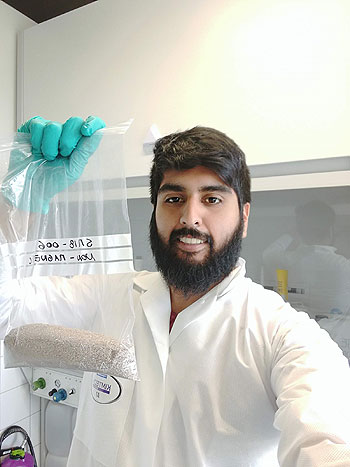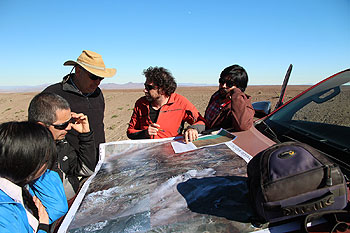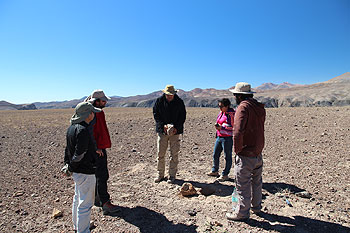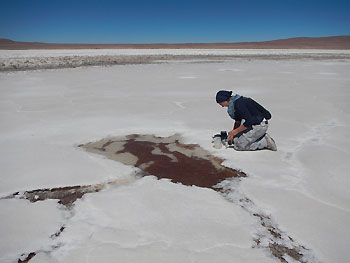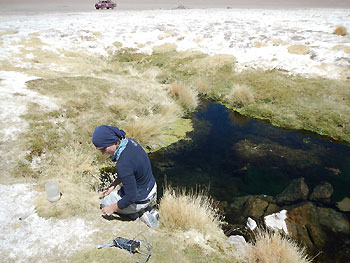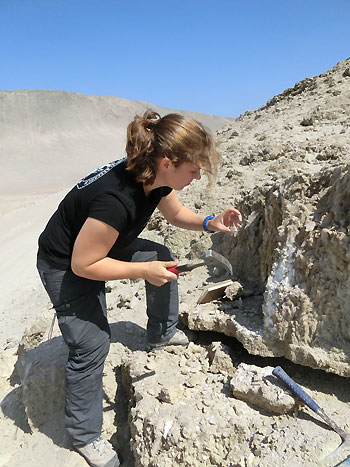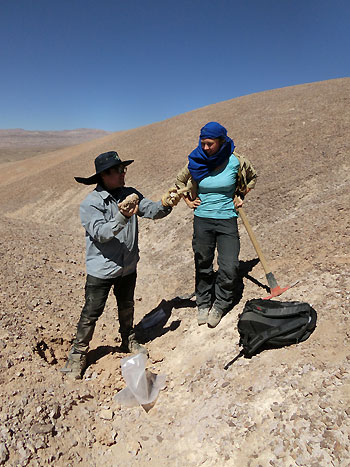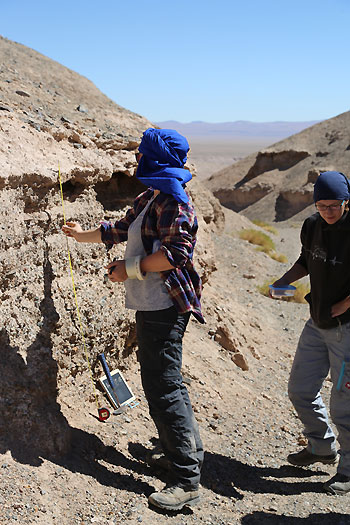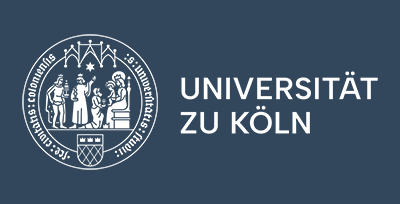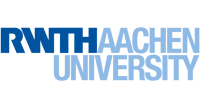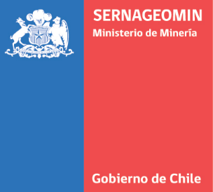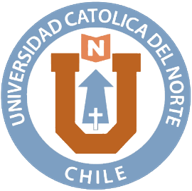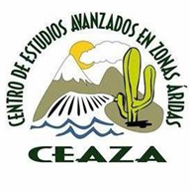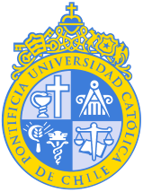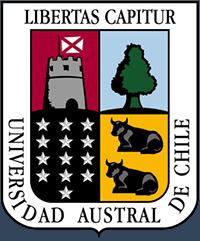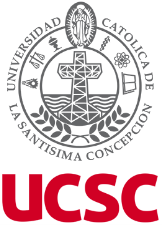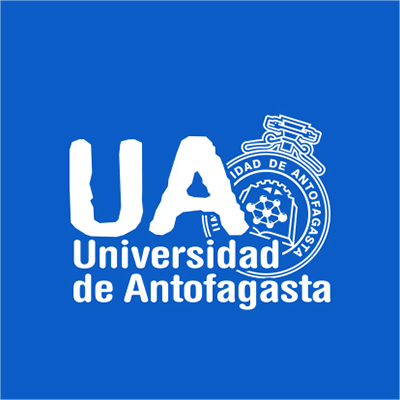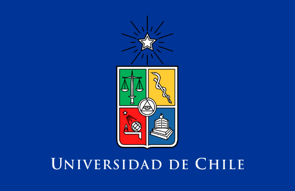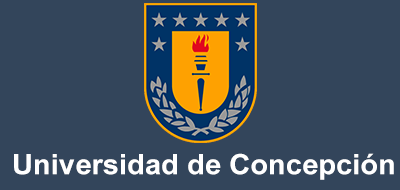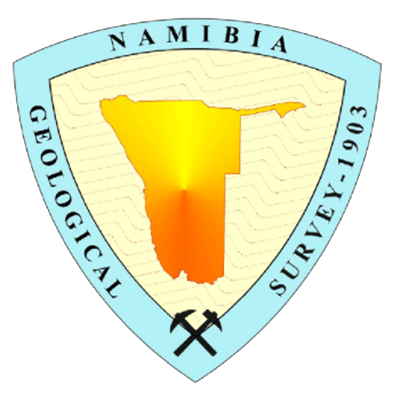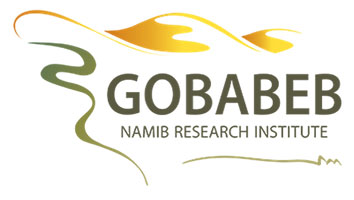Master Excursion to the Atacama Desert and high Andes
A Master-Student excursion for the students from the University of Cologne was conducted during end of September till mid of October to the Atacama Desert and the high Andes. In total up to 16 students and some scientist of the CRC travelled to Chile. The excursion was subdivided into several different geological and geomorphological aspects to introduce the students the broad variety and characteristics of the Atacama Desert and Andes of northern Chile. Topics varied from Coastal Neotectonics at Mejillones Peninsula, to copper formation and mining at Baja Blancas and Chuquiqamata, followed by the tectonic evolution of the Andes and Cordillera Domeyko, Salar evolution, Andean magmatism, hydrothermal alteration and ignimbrite flare-ups, to high altitude lake and paleo-lake systems, large-scale tectonic features at the Huayalas anticline and Oxaya block rotation, to the main research area of the CRC, the hyperarid Atacama Desert. During the last days the students experienced the indescribable feeling of being in a hyperarid desert with its barren landscape. Several smaller field projects were conducted to show and teach the student our recent scientific work in the respective study areas of the CRC, how to interpret certain kind of landscapes, how to get samples and how to discuss in the field different processes and interactions of climate variability and landscape processes. Many thanks go to Gabriele Gonzalez for his lovely excursion day at Mejillones Peninsula and Eduardo Campos for his effort organizing visits in the local copper mines and many explanations and teaching about ore forming processes.
Excursion supervision: B.Ritter, Prof. T.Dunai



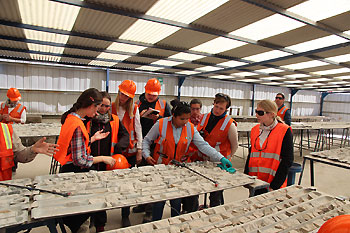
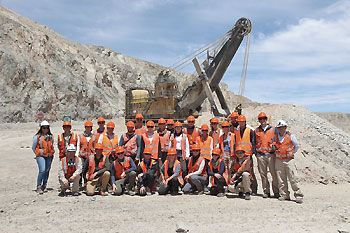
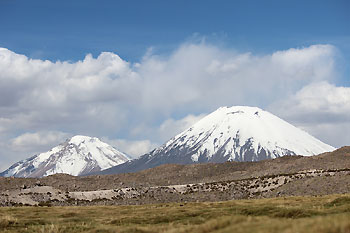
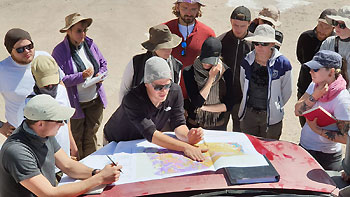
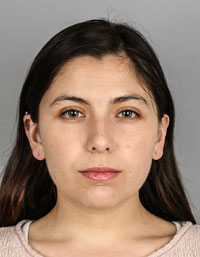 We welcome Bárbara Blanco Arrué - a PhD student from Chile. She has started her PhD Program in the
We welcome Bárbara Blanco Arrué - a PhD student from Chile. She has started her PhD Program in the 
